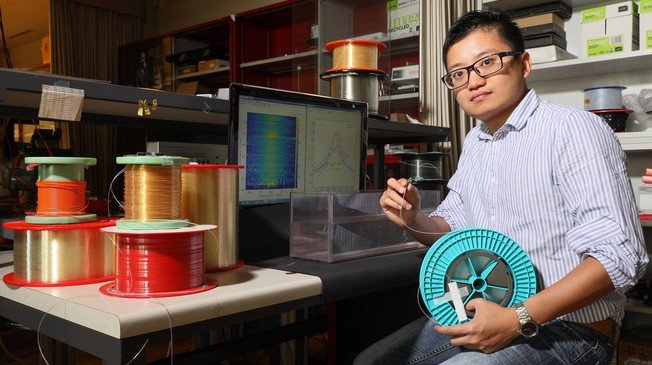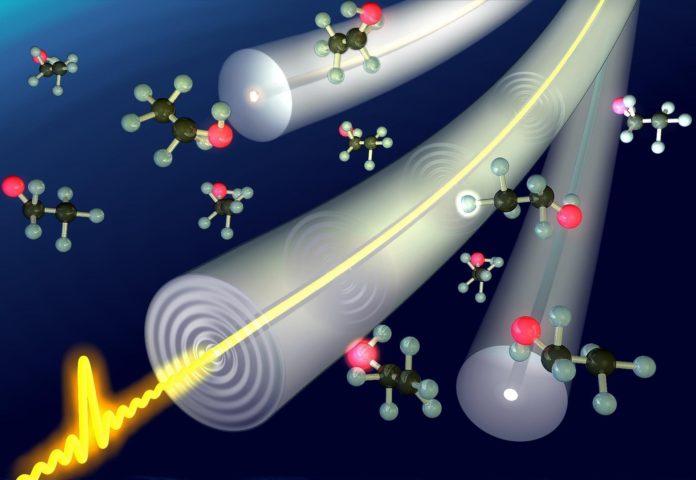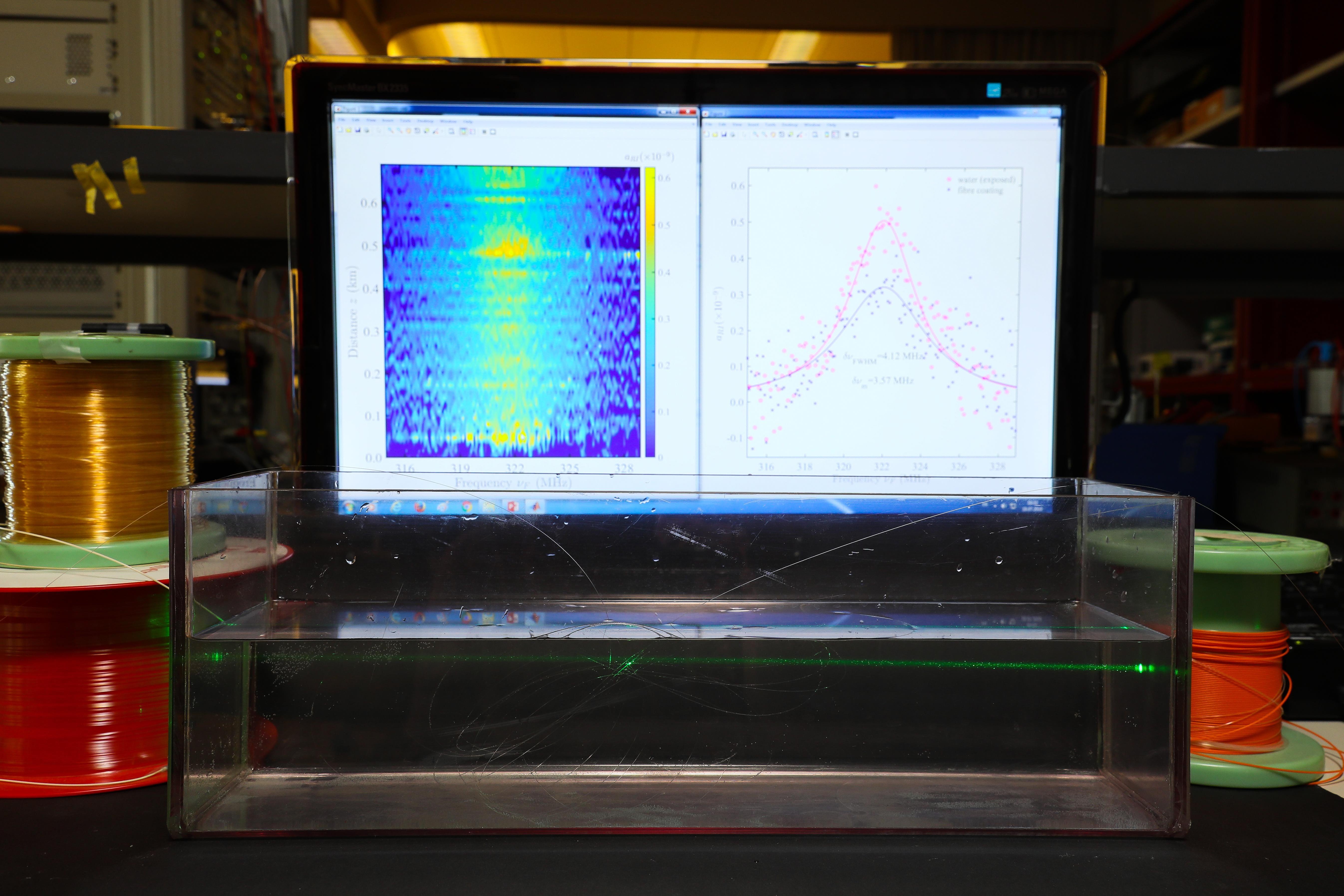Until now, the optical fiber had different applications. Now, EPFL scientists have come up with a new method that enables optical fibers to identify whether they are in contact with a liquid or a solid. The technique makes it possible to detect water leakages, as well as the density and salinity of fluids that come into contact with the fiber.
Scientists made optical fiber from glass transmitting light that shattered in 4 parameters including intensity, phase, polarization, and wavelength. These parameters are adjusted when the fiber is extended or the temperature changes, empowering the fiber to act like a sensor by recognizing splits in structures or unusual temperatures. Be that as it may, up to now it was impractical to figure out what was occurring around the fiber without having light escape the fiber, which upsets its way.
Within the fiber, scientists generated sound waves that regularly bounces off the fiber’s walls. This echo shifts at various areas relying upon the material the wave comes into contact with. The echoes leave an engraving on the light that can be perused when the beam leaves the fiber, making it conceivable to outline the fiber’s environment.
This engraving is faint to the point that it hardly disturbs the light spreading inside the fiber. The strategy could be utilized to detect what is happening around a fiber and send light-based data in the meantime.

Luc Thévenaz within the School of Engineering said, “These changes in the surroundings are located thanks to a simple time-based method. Each wave impulse is generated with a slight time lag. And this delay is reflected upon the beam’s arrival. If there were any disturbances along the way, we can both see what they were and determine their location. For the moment, we can locate disturbances to within around ten meters, but we have the technical means to increase our accuracy to one meter.”
Their research has been published in Nature Communications.

